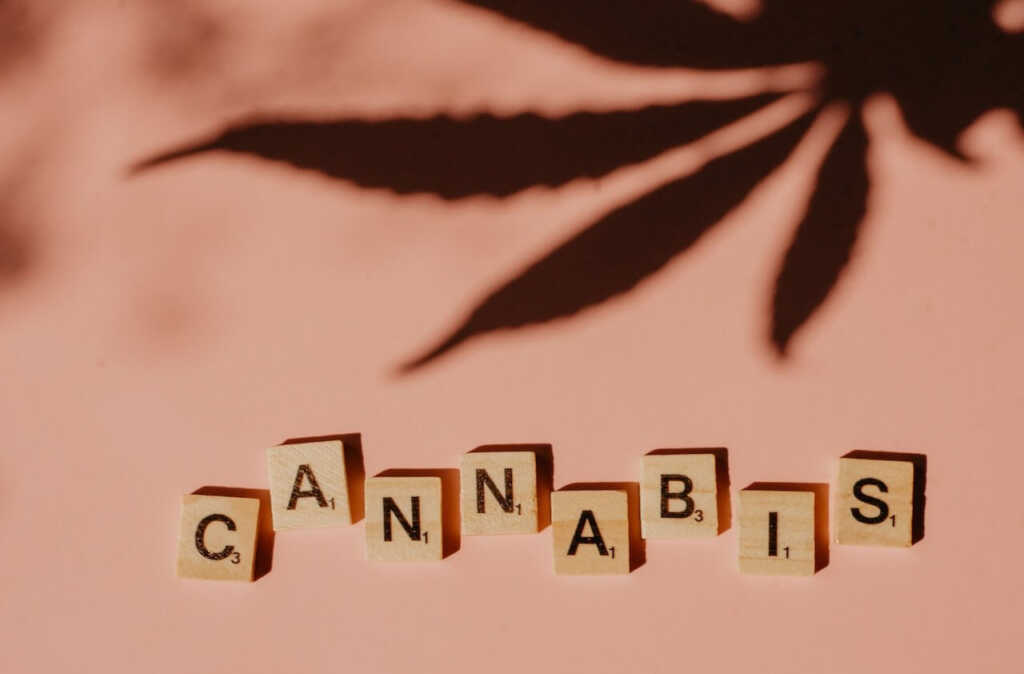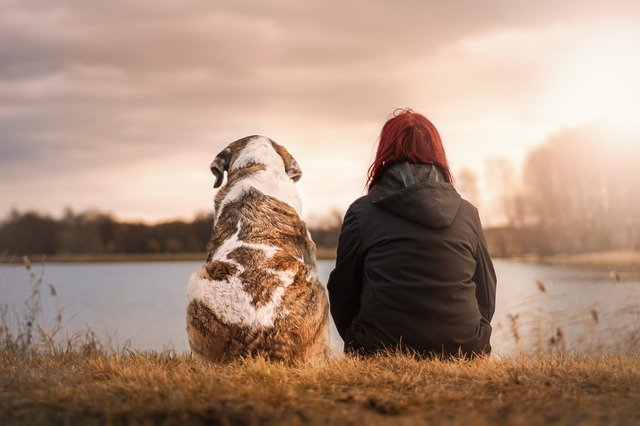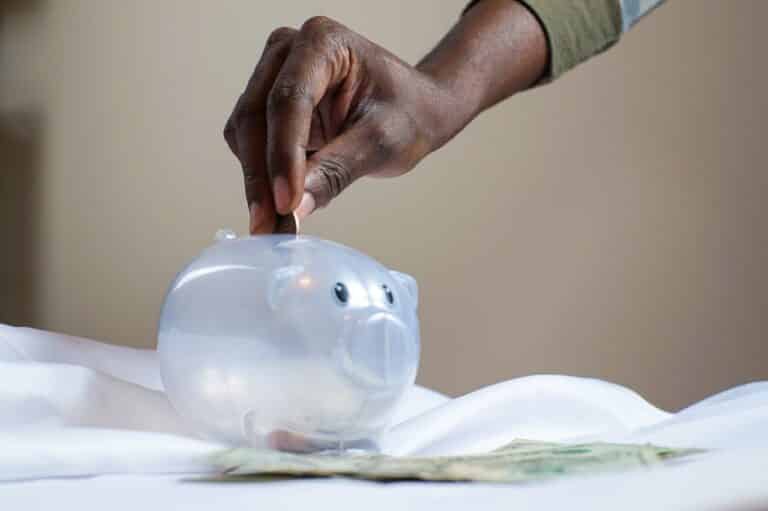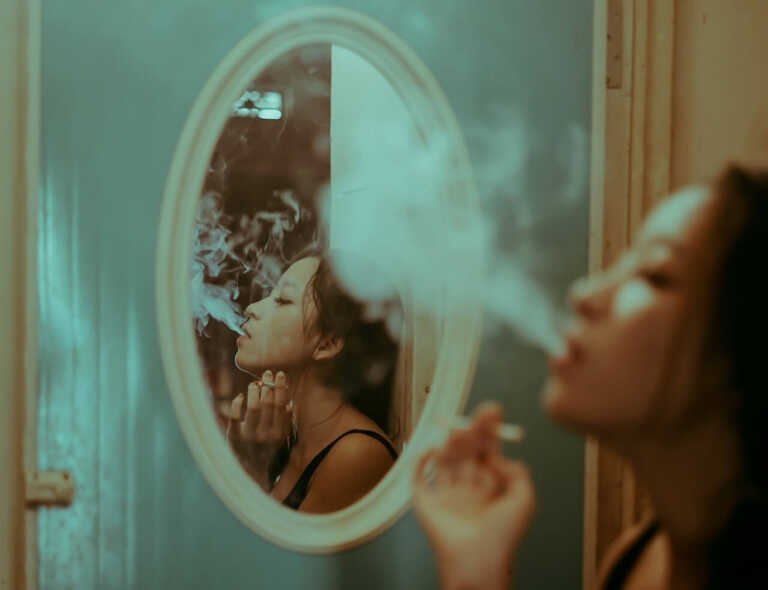
Many people still have a somewhat preconceived notion of cannabis. This is not surprising, as for a long time cannabis was mainly associated with the narcotic drugs marijuana and hashish. This is why its cultivation has been in decline since the 20th century and the Single Convention on Narcotic Drugs adopted in 1961 obliged signatory countries to exercise the strictest control over the cultivation of such plants. In Germany, medical cannabis was legalised only in 2017.
Meanwhile, cannabis has been purposefully cultivated since time immemorial. The purposes for which this has been done have varied, such as for making strong hemp ropes, fabrics and ropes. However, the medicinal properties of the flowers and extracts have been known since the reign of the Chinese Emperor Shen-nun, who is also considered the founder of medicine in this country.
As far back as about 2700 BC, the renowned ruler, healer and healer of his time described them in his writings. Let’s find out more about this interesting and possibly the oldest plant cultivated by humans, its flowers and uses.
Where cannabis is used
The flowers and leaves of cannabis contain more than 60 varieties of plant cannabinoids. It is their presence that contributes to the therapeutic properties of medical cannabis. But tetrahydrocannabinol derivatives, in sufficient quantities, have psychoactive effects on the body.
The thing is that such a substance binds to arachidonic acid ethylamide receptors. Such neurotransmitter causes characteristic manifestations of using drugs made of cannabis – marijuana and hashish. But in medicinal preparations, tetrahydrocannabinol contains no more than 1 percent, whereas in those used to make stupefying drugs, it ranges from 5 to 35 percent.
Marijuana is the dried flowers and leaves of the plant, while hashish is the leaves which are pressed into blocks. Specific varieties of Cannabis Indica and Cannabis Ruderalis are used as opposed to the so-called ‘healthy cannabis’ (literal translation from Latin) Cannabis Sativa.
In the past, medical cannabis was used to treat many ailments such as asthma, bronchitis, as an anti-inflammatory, as an antipyretic and an analgesic for gout, etc. Today doctors primarily prescribe medicines containing cannabinoids as an effective analgesic, to improve the quality of life of patients suffering from severe diseases (e.g. AIDS, cancer), to treat severe forms of epilepsy, to relieve muscle spasms in patients diagnosed with multiple sclerosis.
In addition to medicine, hemp is also used in industry (e.g. for making fuel from the pulp), to make the sunflower’s counterpart, hemp oil.
What you should know about cannabis flowers and the plant in general
Let’s take a look at the basic facts about this long-cultivated plant:
- Hemp is an annual plant, actually a weed.
- In the classic version, it is bipartite, i.e. both female and male specimens are present. But there are also flowers that have both sexes in them (hermaphrodite plants). Breeders have also developed monoecious varieties.
- The female flower is a cone-shaped pistil. The long stigmas of the pistil are fused at the base and the lentil-shaped ovary is on top and resembles a lentil.
- The male inflorescence is a ‘fife’ of stamens with large anthers and an equal number of sepals.
- The female flowers are an intricately shaped spike and the male flowers are a loose panicle.
- The flowers form during the final stages of growth. In nature, cannabis flowering takes place in autumn, but much depends on the climate zone where the plant grows.
- After fertilisation, the pollen-giving male plants die. Seeds develop in the female plants. When they reach maturity, they independently enter the bud and germinate there. This is why cannabis cultivation has always been a relatively easy and profitable business.





